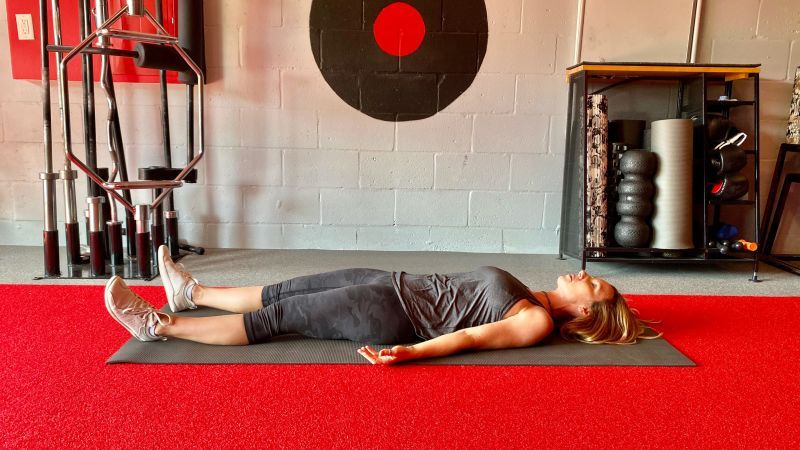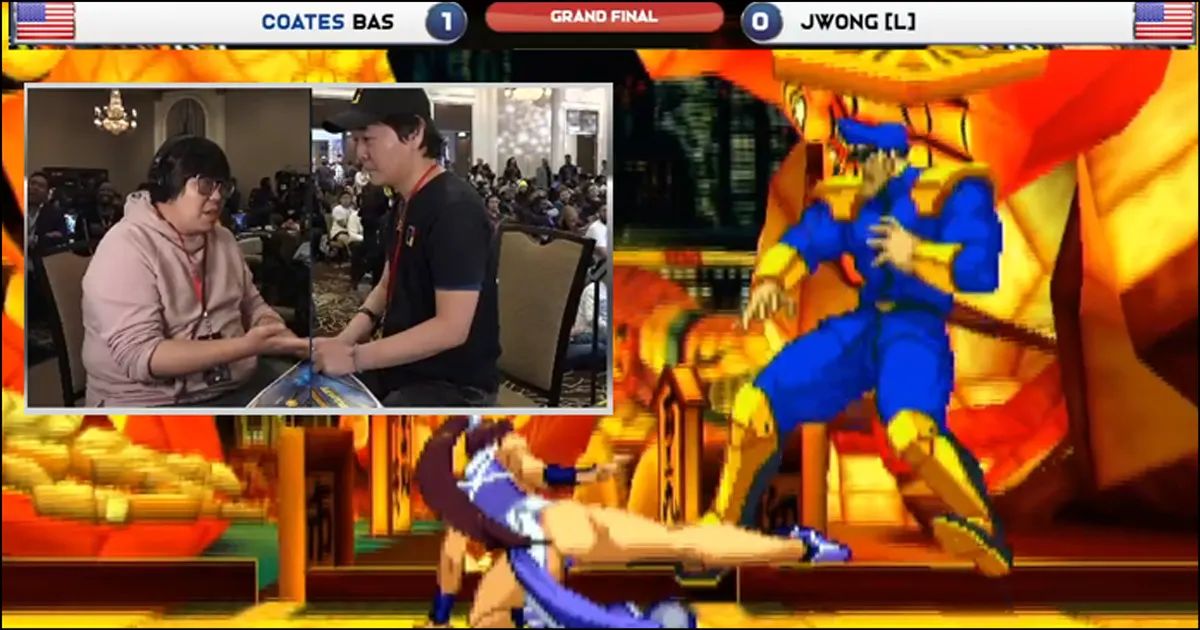How to practice progressive muscle relaxation
Editor’s note: Dana Santas, known as the “Mobility Maker,” is a certified strength and conditioning specialist and mind-body coach in professional sports, and is the author of the book “Practical Solutions for Back Pain Relief.”
CNN —
Stress and anxiety aren’t only experienced in your mind. You feel them in your body, often manifesting as tension. Progressive muscle relaxation is a powerful mind-body relaxation technique that can help you melt away that tension and relieve the stress and anxiety that started it. Even better, you can easily do it in the comfort of your home — or anywhere you can lie down or sit quietly for five or 10 minutes.
Progressive muscle relaxation has been shown in numerous studies to help relieve anxiety and stress, and facilitate sleep for those who are highly stressed, including Covid-19 patients and burn victims. This powerful tool also increases pain thresholds in surgical and advanced cancer patients, according to research.
Because stress isn’t only reserved for those struggling with health issues, PMR is a widely used technique by elite athletes as well. In my work as a mind-body coach in professional sports, I use PMR with many of my athletes.
“Progressive muscle relaxation can offer a powerful muscle-to-mind technique in which the systematic tensing, then relaxing of the muscles often can be felt and accessed by athletes right away,” said Rob DiBernardo, mental performance coordinator for the Toronto Blue Jays.
“PMR has an active ‘doing’ quality some athletes appreciate that can enhance body awareness,” he added.
This feature makes progressive muscle relaxation an accessible mind-body relaxation practice for anyone, even kids, who might struggle with the inactive aspect of meditation or visualization practices.
If you’d like to experience the stress-relieving, deep relaxation benefits of PMR, follow my instructions below.
The PMR script
This practice is best done lying down, but you can also do it from a comfortable seated position. The directions that follow are based on lying down.
To start, lie on your back, with your legs straight and arms at your sides. Feel free to place a pillow or towel under your head.
Gently close your eyes and focus your attention on breathing. Take five, long deep breaths, elongating the pace of your breath to at least five or more seconds for each inhale and five or more seconds for each exhale.
During this practice, your breath serves as the link between your mind and body, coordinating with each muscle contraction and release.
Inhale as you point your toes up and back, dorsiflexing your ankles and tightening the muscles on the top of your feet. Pause. Exhale to release and relax.
Inhale as you curl your toes under, pointing them down in plantar flexion, tensing the muscles in the bottom of your feet. Pause. Exhale to release and relax.
Inhale as you repeat pointing your toes up and back, but this time focus your attention on contracting the muscles on the front of your lower legs. Pause. Exhale to release and relax.
Inhale as you repeat, curling your toes under and pointing them down, this time focusing on contracting your calf muscles on the back of your lower legs. Pause. Exhale to release and relax.
Inhale as you pull your kneecaps upward and contract the large quadricep muscles on the front of your upper legs. Pause. Exhale to release and relax.
Inhale as you slightly — almost imperceptibly — bend your knees to help you access and contract the hamstring muscles on the back of your upper legs. Pause. Exhale to release and relax.
Inhale to squeeze the muscles of your buttocks and pelvic floor. Pause. Exhale to release and relax.
Inhale and tense your abdomen, pressing your low back downward. Pause. Exhale to release and relax.
Inhale and, being cautious not to cause pain, slightly — almost imperceptibly — arch your lower back to create tension. Pause. Exhale to release and relax.
Inhale, fully expanding your rib cage horizontally and creating a sense of tension that wraps all the way around your thorax. Pause. Exhale to release and relax.
Inhale as you spread your fingers long and wide, feeling the muscles in the top of your hands tense. Pause. Exhale to release and relax.
Inhale as you clench your fists, feeling the tension in your fingers. Pause. Exhale to release and relax.
Inhale as you extend your wrists to pull your hands back, pointing your fingers up so that you feel the muscles in the top of your lower arms contract. Pause. Exhale to release and relax.
Inhale as you flex your wrists, pointing your fingers downward so that you feel your forearm muscles contract. Pause. Exhale to release and relax.
Inhale as you extend your elbows and make your arms as long and straight as possible, feeling your tricep muscles in the back of your upper arms contract. Pause. Exhale to release and relax.
Inhale as you slightly — almost imperceptibly — bend your elbows and contract your bicep muscles on the front of your upper arms. Pause. Exhale to release and relax.
Inhale, raising your rib cage and shoulders toward your ears, creating tension in your upper back, shoulders and neck. Pause. Exhale to release and relax.
Inhale and purse your lips together tightly. Pause. Exhale to release and relax.
Inhale and open your mouth as wide as possible. Pause. Exhale to release and relax.
Inhale and close your eyes tightly while wrinkling your nose and pulling your cheeks upward. Pause. Exhale to release and relax.
Inhale and raise your eyebrows as high as possible, feeling the muscles of your forehead contract. Pause. Exhale to release and relax.
Take five long, deep breaths, while your mind rests in awareness of your body’s state of total relaxation.
For best results, I recommend practicing daily for a week and then several times per week thereafter.
Source: CNN


